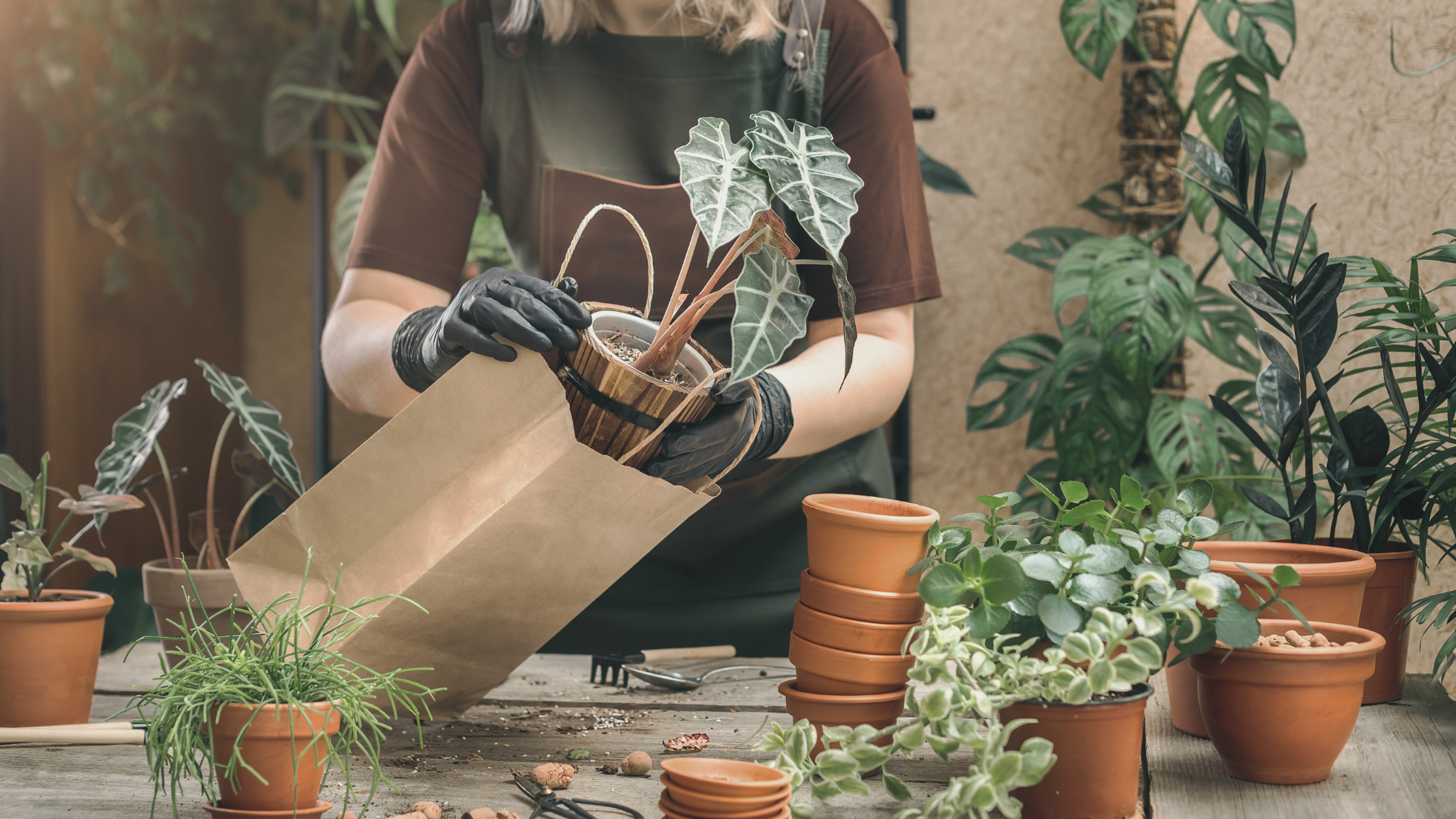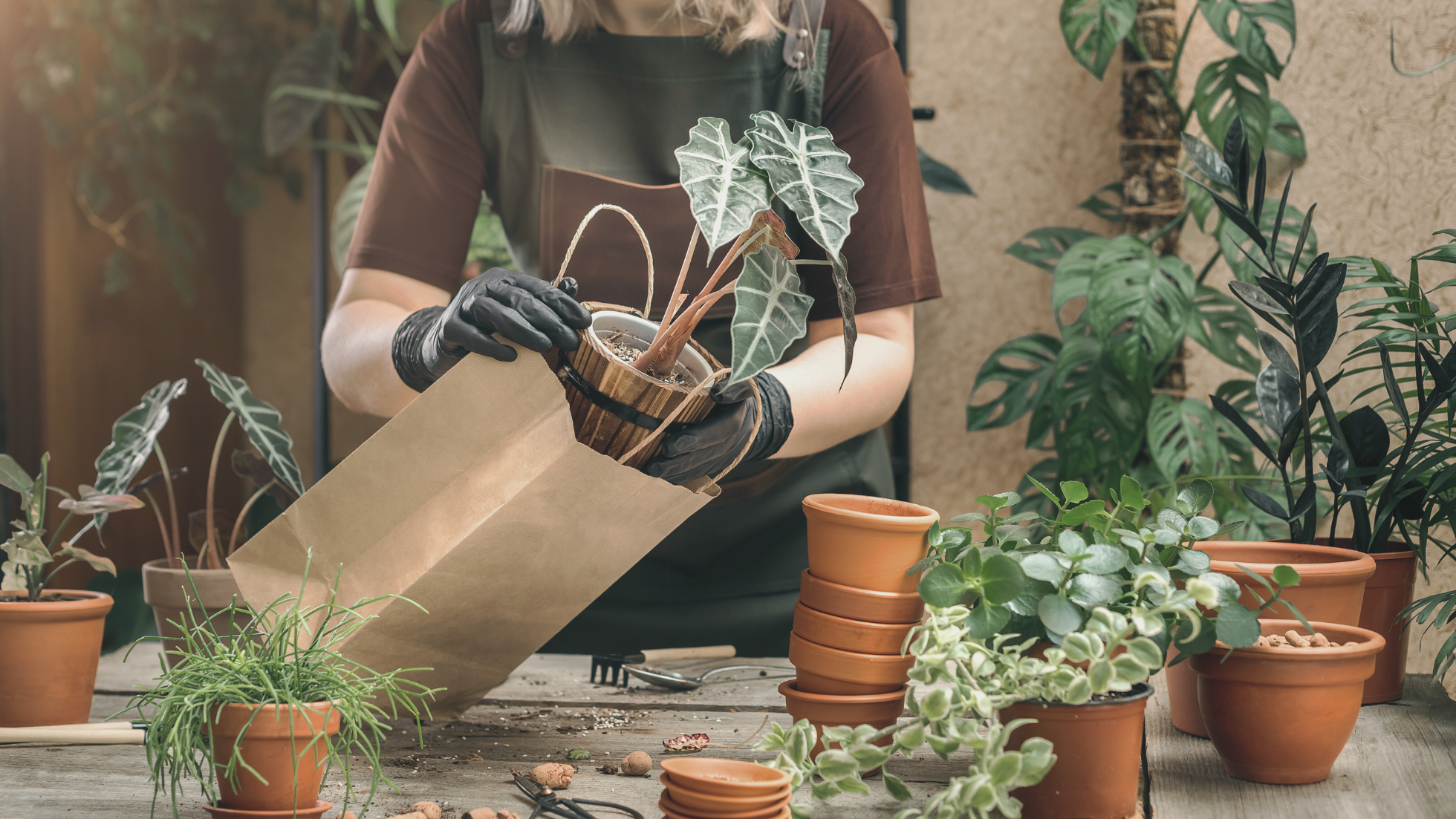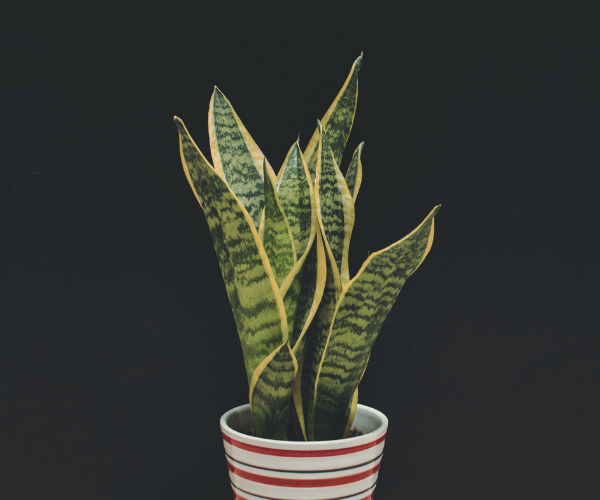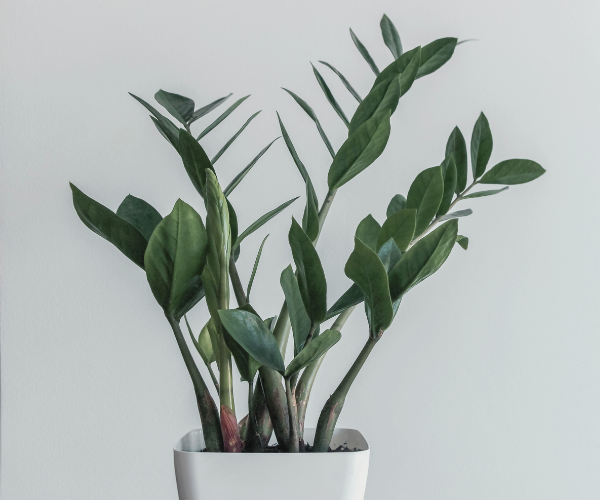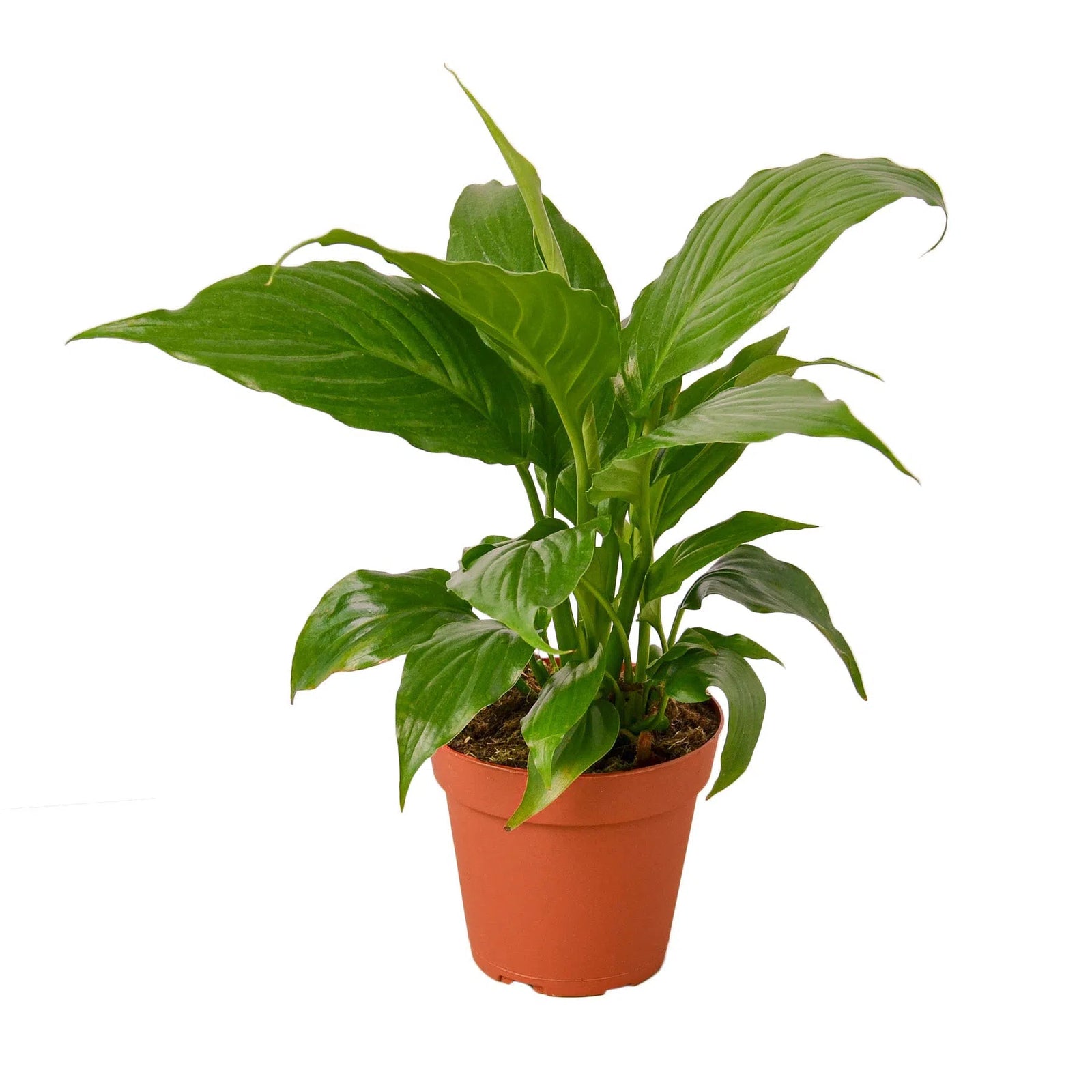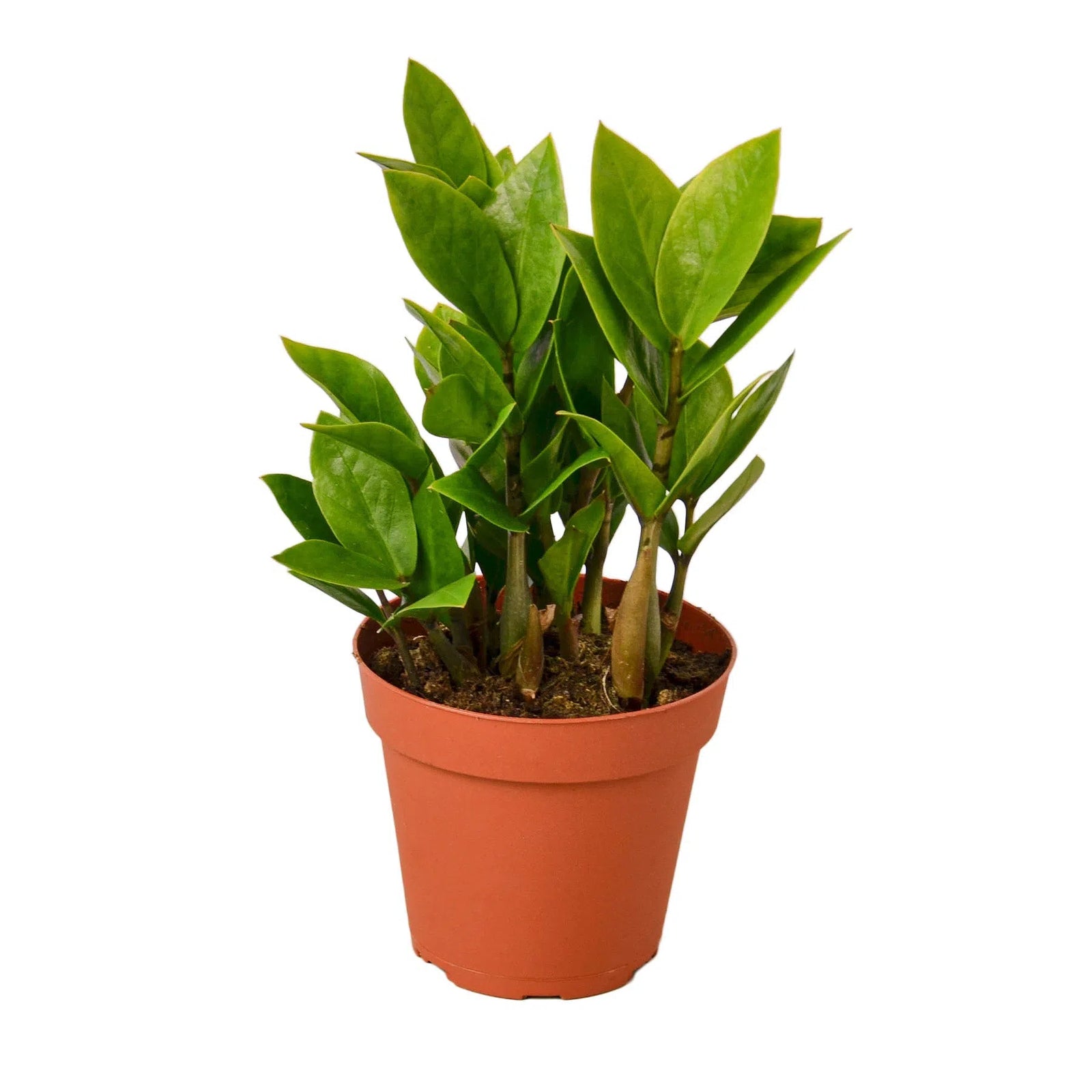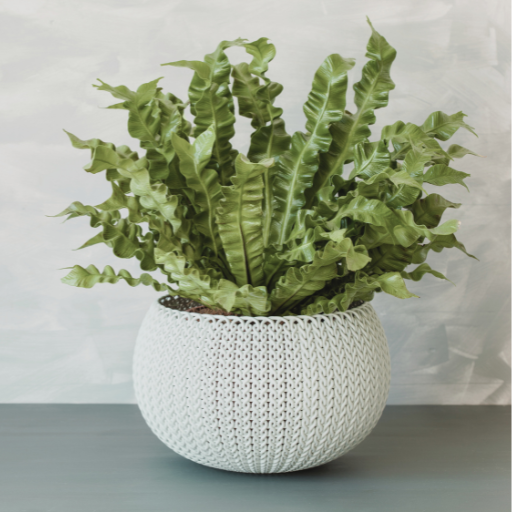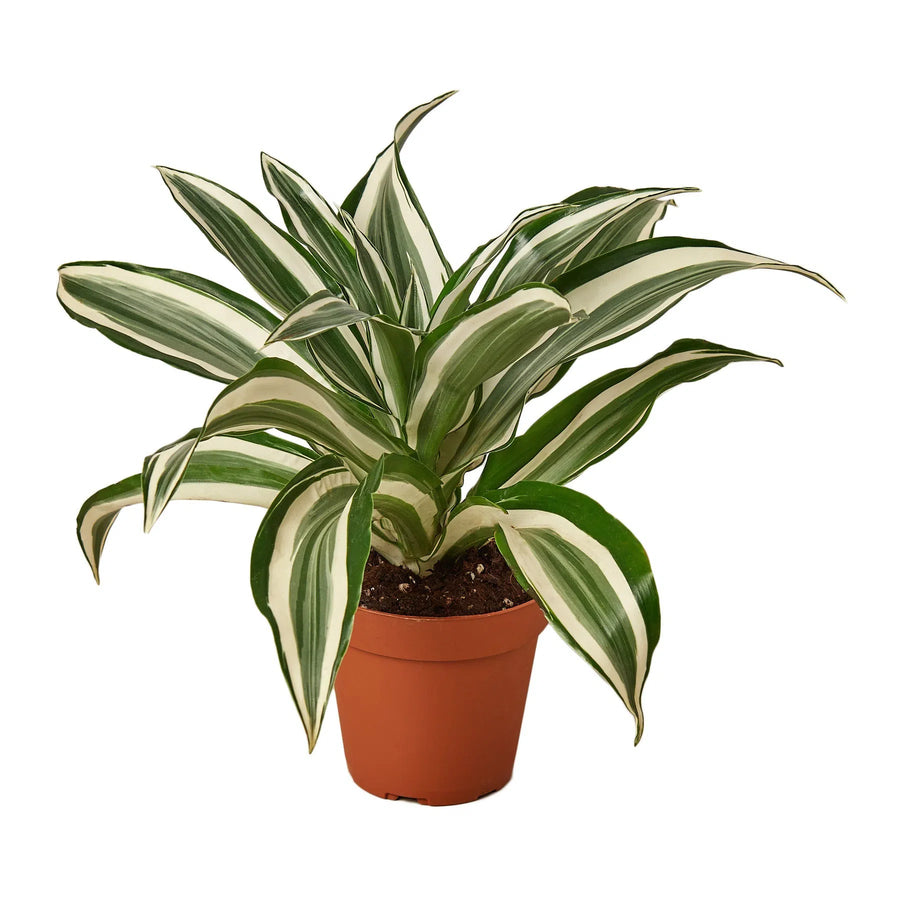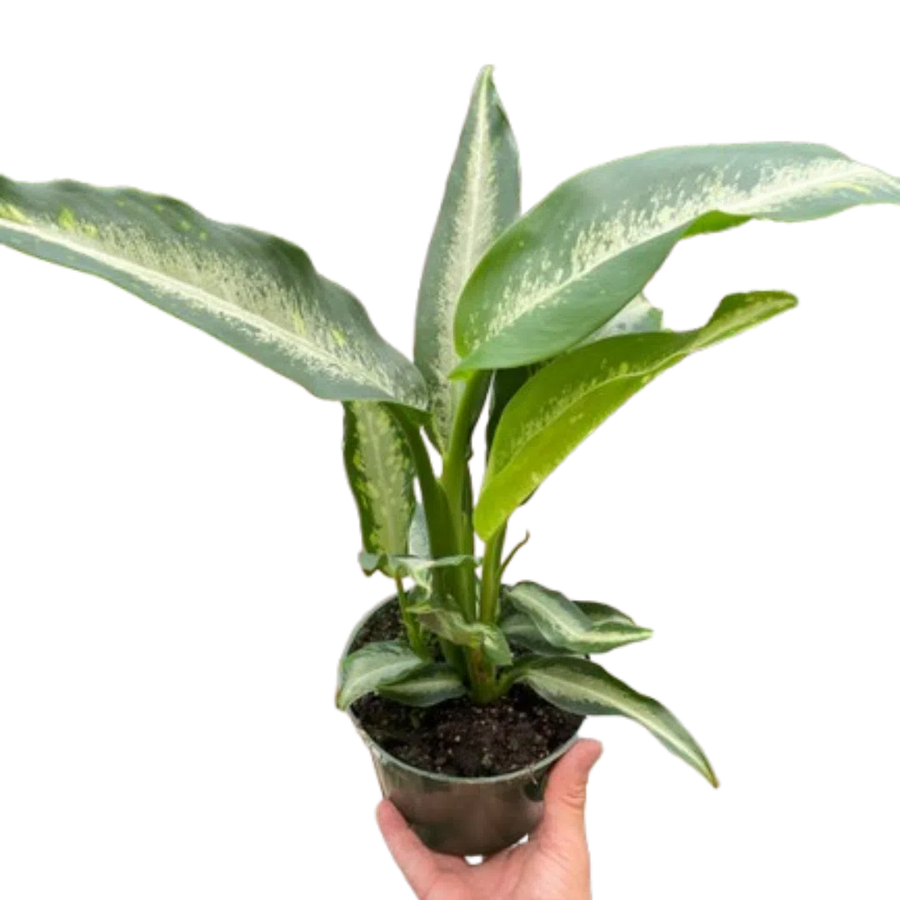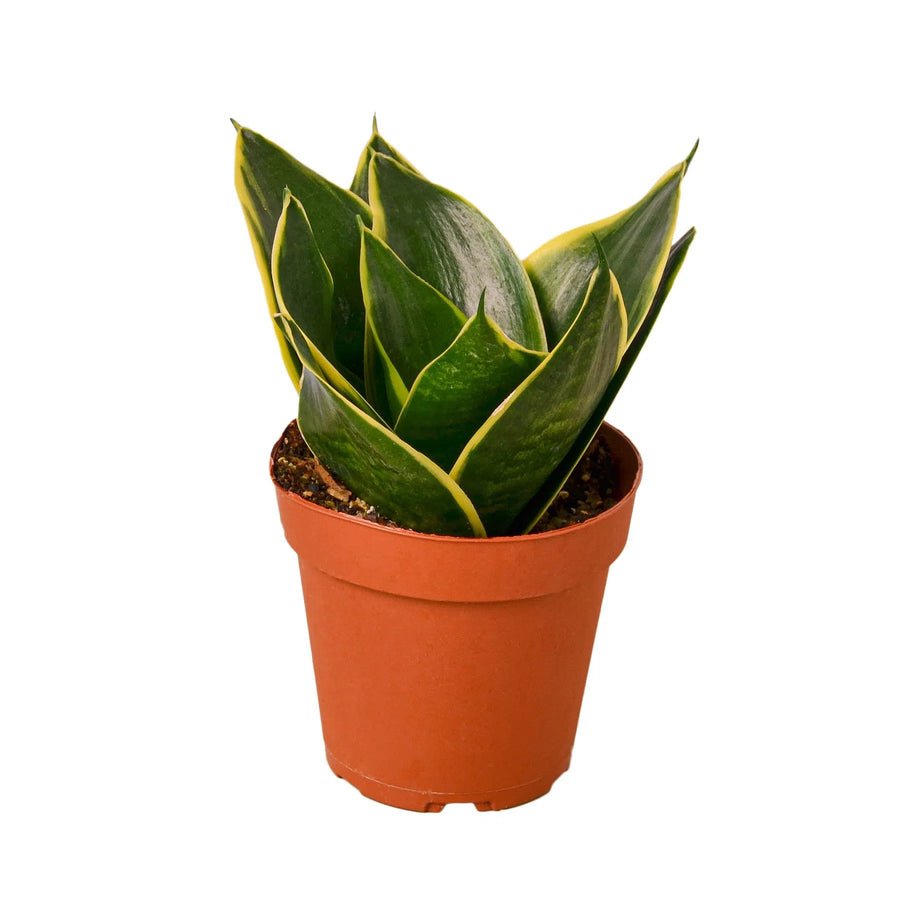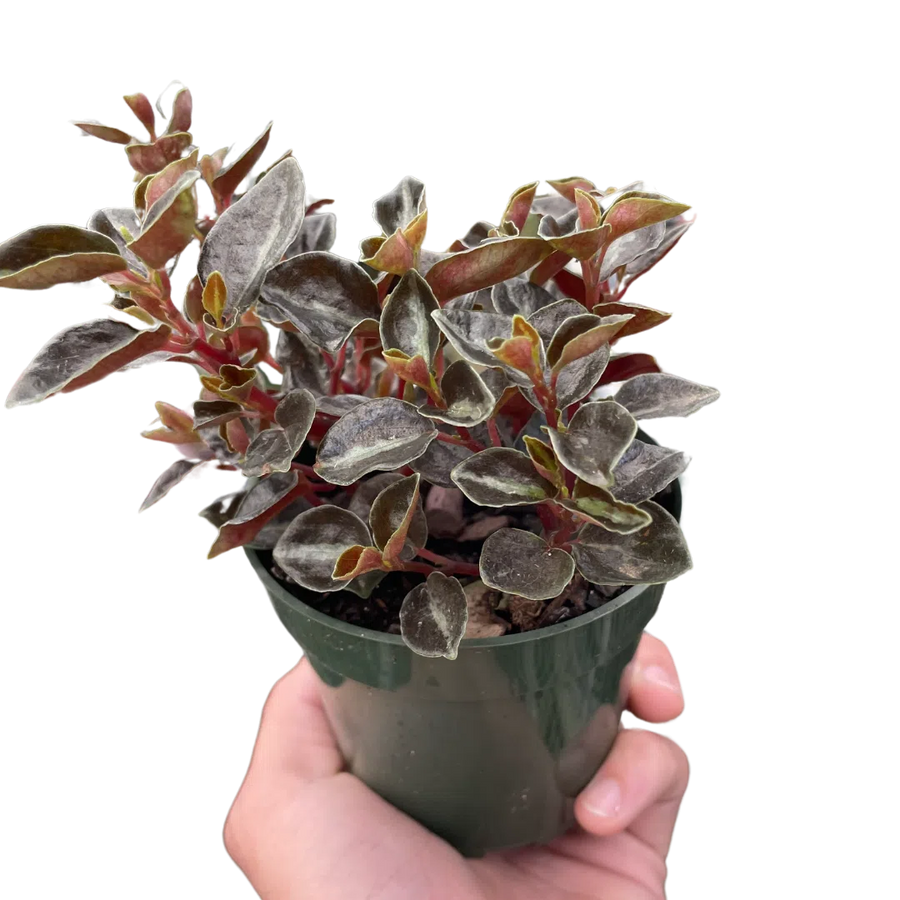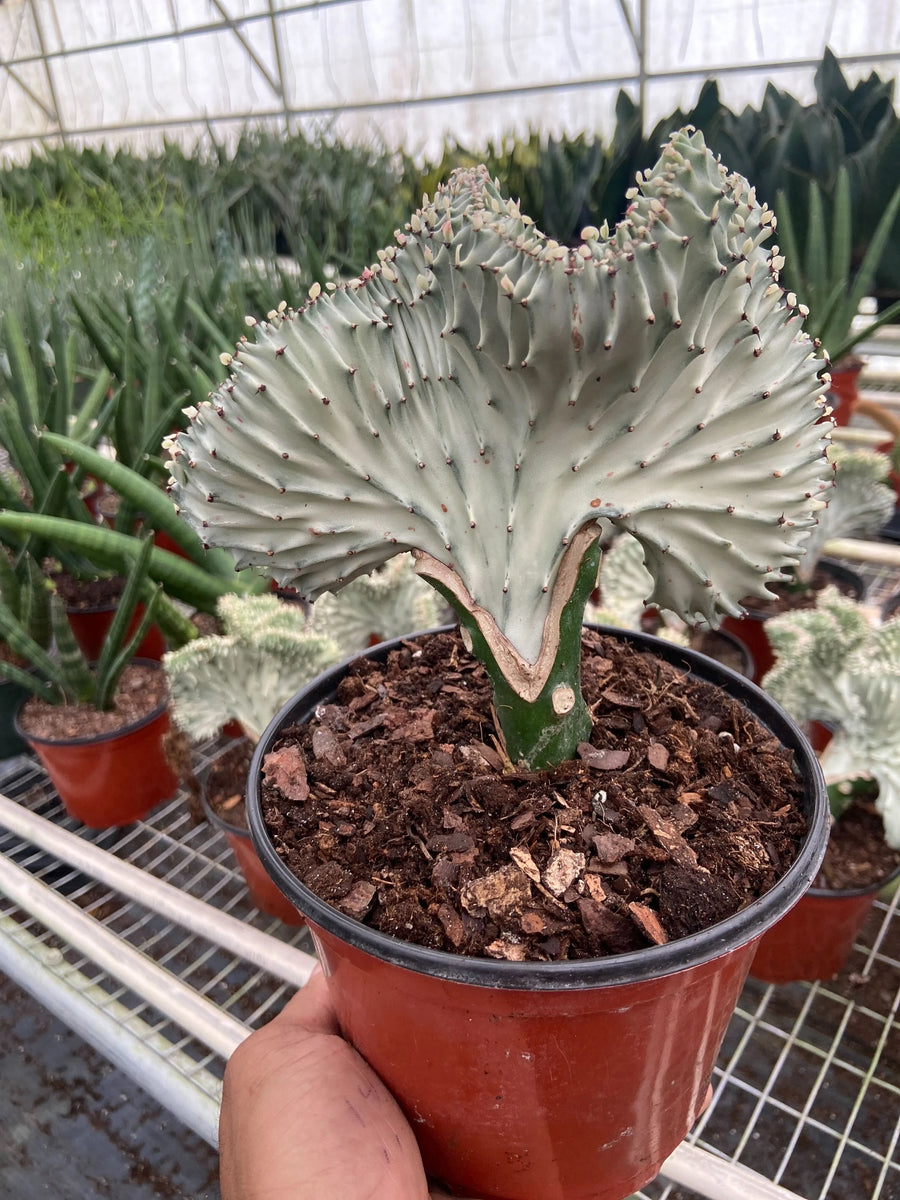Decoding Plant Labels: Essential Insights for Every New Grower
Embarking on a journey into the world of houseplants is an exciting adventure, but it can also be overwhelming, especially when faced with a myriad of plant labels and care instructions. These labels serve as guides, offering important information about what your green companions need to thrive. However, many new growers find themselves puzzled by the jargon and symbols often found on these labels.
In this article, we will unravel the mysteries of plant labels, providing essential insights that will empower you to make informed decisions as you nurture your botanical beauties.
Understanding Plant Labels
At first glance, plant labels may seem like a hodgepodge of information, but they are designed to convey vital care instructions and growth information in a concise format. Here are the key components typically found on plant labels:

1. Plant Name
This is the most straightforward part of the label. The common name and scientific name (genus and species) help you identify the specific plant. For instance, "Peace Lily" refers to the common name, while "Spathiphyllum" is the scientific name. Knowing both names is vital, as certain plants may have similar common names but belong to different species with distinct care requirements.
2. Light Requirements
Labels often indicate the light conditions preferred by the plant, typically categorized as:
- Full Sun: Indicates the plant requires at least 6 hours of direct sunlight each day.
- Partial Shade: The plant thrives with a mix of direct sunlight and shade, usually preferring 3-6 hours of sunlight.
- Low Light: These plants can adapt to shadier environments and may thrive with indirect light.
Understanding these requirements is crucial for positioning your plants in the right location in your home.
3. Watering Instructions
Watering is a critical aspect of plant care, and labels may provide guidelines on how often to water. Look for phrases like:
- Keep Soil Moist: Indicates the plant prefers consistently moist soil.
- Allow to Dry Between Waterings: Suggests the plant should dry out slightly before watering again, suitable for drought-tolerant species like succulents.
Pay attention to these instructions to avoid overwatering or underwatering your plants, as both can be detrimental to their health.

4. Temperature Range
Some plant labels specify the ideal temperature range for optimal growth. Common indicators might include:
- Best between 65°F - 75°F (18°C - 24°C): Most houseplants thrive in this temperature range.
- Cold Hardy: Indicates the plant can withstand lower temperatures and may be suitable for certain outdoor settings.
Maintaining the appropriate temperature ensures your plants can grow and flourish throughout the seasons.
5. Fertilization Guidelines
Labels may outline fertilization needs, indicating when and how to feed your plants. Instructions might read:
- Feed Monthly in Growing Season: Suggests regular feeding during spring and summer.
- No Fertilizer Needed: Indicates that the plant may derive sufficient nutrients from its soil or that it grows well without fertilizers.
Adhering to these recommendations can promote healthy growth and prevent nutrient deficiencies.
6. Size and Growth Rate
Some plants come with size guidelines, informing you how large a plant may grow and how quickly it will develop. For example:
- Slow Grower: Indicates that the plant may take its time to reach its mature size, making it suitable for smaller spaces.
- Fast Grower: Suggests that the plant will grow rapidly and may require repotting sooner.
Understanding growth expectations helps you plan for your space and manage your plant care effectively.

Top 10 Houseplants for Low Light
Perfect for Every Home

Tips for Making Informed Decisions
As you navigate the world of plant labels, here are some essential tips for maximizing the information you glean:
- Research Beyond the Label: While plant labels provide fantastic information, additional research, such as books or reputable websites, can offer more comprehensive insights, especially regarding care specifics and troubleshooting tips.
- Ask Experts: Don’t hesitate to seek advice from knowledgeable staff at local nurseries or gardening centers. They can provide tailored recommendations based on your specific conditions and plant preferences.
- Join a Community: Engaging with local gardening groups or online plant communities can be invaluable. Fellow enthusiasts can share their experiences and insights, helping you learn to decode plant labels and improve your care practices.
- Keep Notes: As you care for your plants, consider keeping a journal. Document your plant’s performance, conditions, and any observations regarding its watering, light exposure, and growth. Over time, this will help you refine your care techniques and grow more confident in your plant-keeping journey.
Conclusion
Decoding plant labels is an essential skill for every new grower. By understanding the information provided and using it to make informed decisions, you can establish a thriving indoor garden that delights the senses and enhances your living space. Remember, every plant reflects a unique personality and health needs—by nurturing your knowledge, you’ll


